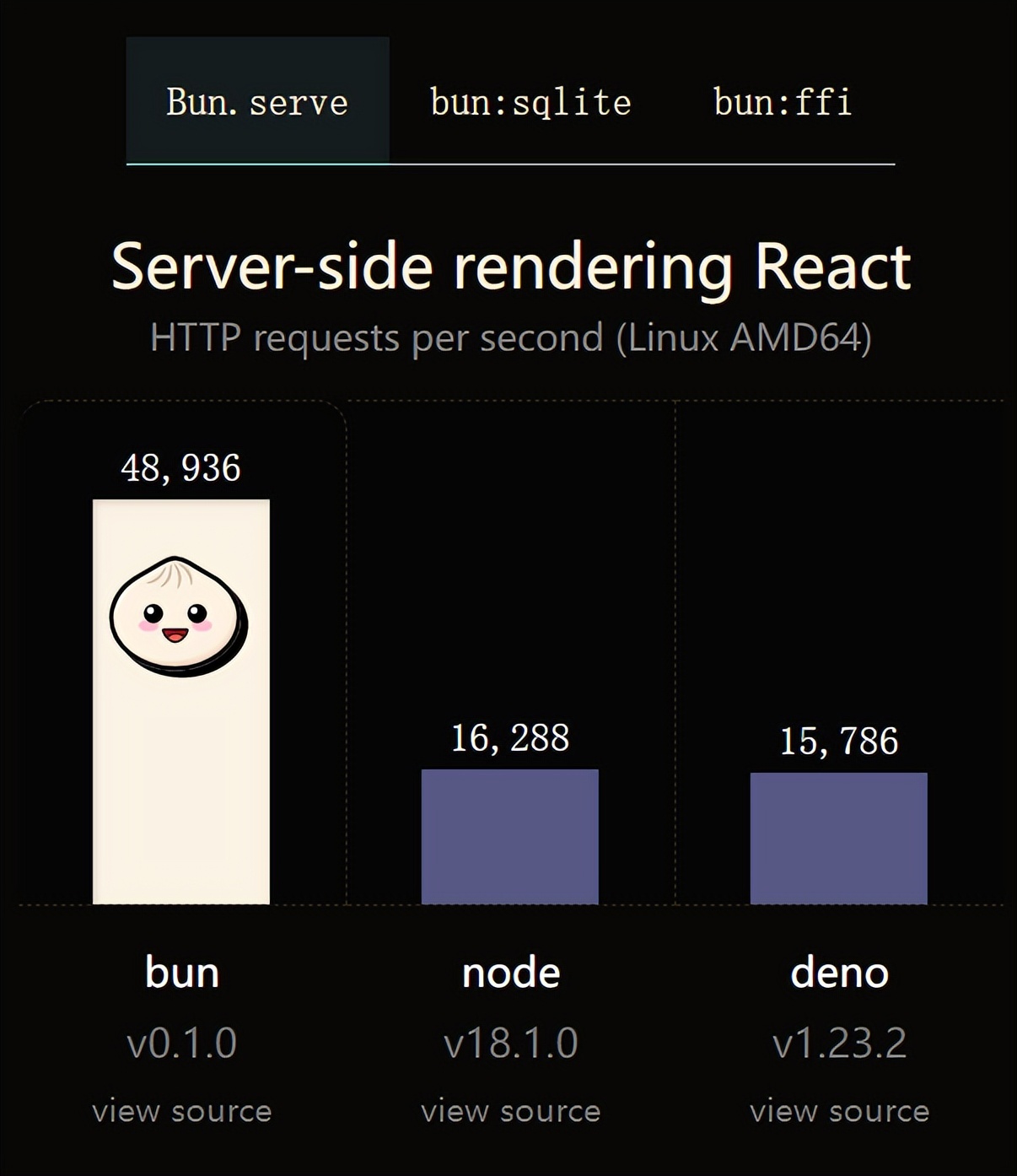This article will take you through the Promise object in Nodejs. It has certain reference value. Friends in need can refer to it. I hope it will be helpful to everyone.

Related recommendations: "nodejs Tutorial"
Promise Object
1. What is promise used for?
Our requirement is to execute the asynchronous code once
Our approach is in the callback function after the asynchronous request is successful , execute the next asynchronous request
But this will cause callback hell (the callback function is nested in the callback function, the readability of the code is low, the maintenance is unchanged, and it is scary to look at) )
promise is used to solve callback hell
Example of callback hell:
// 需求:一次的读取a,b,c这三个文件
const fs = require("fs");
// 读a文件
fs.readFile(`${__dirname}/etc/a.txt`, "utf-8", (err, data) => {
if (err) {
console.log(err);
} else {
console.log(data);
// 读b文件
fs.readFile(`${__dirname}/etc/b.txt`, "utf-8", (err, data) => {
if (err) {
console.log(err);
} else {
console.log(data);
// 读c文件
fs.readFile(`${__dirname}/etc/c.txt`, "utf-8", (err, data) => {
if (err) {
console.log(err);
} else {
console.log(data);
}
});
}
});
}
});2. Promise workflow
es6 syntax, es6.ruanyifeng.com
The Promise object is a constructor , used to generate promise instances
The Promise constructor accepts a function as a parameter
This function as a parameter has two parameters, These two parameters are resolve and reject
These two parameters are also functions, but these two functions are provided by the javascript engine, so you don’t need to deploy them yourself
The resolve() method is called after the asynchronous operation is successful. It internally calls the first parameter function in then()
The reject() method is called after the asynchronous operation is successful. , he internally calls the second parameter function in then().
const fs = require("fs");
// 调用Promise构造函数,创建一个promise的实例
let p = new Promise((resolve, reject) => {
// 写异步操作(读文件)
fs.readFile(`${__dirname}/etc/a.txt`, "utf-8", (err, data) => {
if (!err) {
// 操作成功(读文件成功)
resolve(data); // 调用resolve方法
// 调用then()里面的第一个参数函数
} else {
reject(err); // 调用reject方法
// 调用then()里面的第二个参数函数
}
});
});
p.then(
(data) => {
console.log(data);
},
(err) => {
console.log(err);
}
);3. Promise principle
Promise object represents an asynchronous operation.
There are three states: pending (in progress), fulfilled (successful) and rejected (failed)
There are only two possibilities for the state of the Promise object to change: from pending to fulfilled and from pending to rejected.
Only the result of asynchronous operation can determine the current state, and no other operation can change this state
If asynchronous operation If it succeeds (reading the file successfully), it changes from pending (in progress) to fulfilled (successful);
If the asynchronous operation fails (reading the file fails), it changes from pending ( In progress) becomes rejected (failed);
If the status has been determined, it will not be changed again
4. Promise characteristics and encapsulation
Promise will be executed immediately after it is created
So don’t write it in promise For other codes, just write the code for this asynchronous operation
const fs = require("fs");
function getPromise(filename) {
// 调用Promise构造函数,创建一个promise的实例
return new Promise((resolve, reject) => {
// 写异步操作(读文件)
fs.readFile(`${__dirname}/etc/${filename}.txt`, "utf-8", (err, data) => {
if (!err) {
// 操作成功(读文件成功)
resolve(data); // 调用resolve方法
// 调用then()里面的第一个参数函数
} else {
reject(err); // 调用reject方法
// 调用then()里面的第二个参数函数
}
});
});
}
// console.log(getPromise("a"));
getPromise("a").then(
(data) => {
console.log(data);
},
(err) => {
console.log(err);
}
);5. Correct way to write promise
How promise solves callback hell
-》Chain programming solves
**The problem we use promise to solve: let asynchronous operations have order, and there can be no Callback hell**
The essence of making asynchronous operations sequential is:
Asynchronous operations are actually unsequential
Return another promise in the callback function after the asynchronous operation is successful and call its then method
const fs = require("fs");
function getPromise(filename) {
// 调用Promise构造函数,创建一个promise的实例
return new Promise((resolve, reject) => {
// 写异步操作(读文件)
fs.readFile(`${__dirname}/etc/${filename}.txt`, "utf-8", (err, data) => {
if (!err) {
// 操作成功(读文件成功)
resolve(data); // 调用resolve方法
// 调用then()里面的第一个参数函数
} else {
reject(err); // 调用reject方法
// 调用then()里面的第二个参数函数
}
});
});
}
// console.log(getPromise("a"));
getPromise("a")
.then((data) => {
console.log(data);
//调用函数得到一个读b文件的promise对象并返回
return getPromise("b");
})
.then((data) => {
console.log(data);
//调用函数得到一个读c文件的promise对象并返回
return getPromise("c");
})
.then((data) => {
console.log(data);
});6. Other methods of promise
-
catch()
can catch the wrong
const fs = require("fs"); function getPromise(filename) { // 调用Promise构造函数,创建一个promise的实例 return new Promise((resolve, reject) => { // 写异步操作(读文件) fs.readFile(`${__dirname}/etc/${filename}.txt`, "utf-8", (err, data) => { if (!err) { // 操作成功(读文件成功) resolve(data); // 调用resolve方法 // 调用then()里面的第一个参数函数 } else { reject(err); // 调用reject方法 // 调用then()里面的第二个参数函数 } }); }); } // console.log(getPromise("a")); getPromise("a") .then((data) => { console.log(data); //调用函数得到一个读b文件的promise对象并返回 return getPromise("b"); }) .then((data) => { console.log(data); //调用函数得到一个读c文件的promise对象并返回 return getPromise("c"); }) .then((data) => { console.log(data); }) .catch((err) => { console.log(err); }); -
all()
const fs = require("fs"); function getPromise(filename) { // 调用Promise构造函数,创建一个promise的实例 return new Promise((resolve, reject) => { // 写异步操作(读文件) fs.readFile(`${__dirname}/etc/${filename}.txt`, "utf-8", (err, data) => { if (!err) { // 操作成功(读文件成功) resolve(data); // 调用resolve方法 // 调用then()里面的第一个参数函数 } else { reject(err); // 调用reject方法 // 调用then()里面的第二个参数函数 } }); }); } let p1 = getPromise("a"); let p2 = getPromise("b"); let p3 = getPromise("c"); // Promise.all()方法用于将多个 Promise 实例,包装成一个新的 Promise 实例 let pAll = Promise.all([p1, p2, p3]); // 一个都不能少,每一个promise都要读取成功才会成功,相当于是并且 pAll.then((data) => { console.log(data); }); -
race
const fs = require("fs"); function getPromise(filename) { // 调用Promise构造函数,创建一个promise的实例 return new Promise((resolve, reject) => { // 写异步操作(读文件) fs.readFile(`${__dirname}/etc/${filename}.txt`, "utf-8", (err, data) => { if (!err) { // 操作成功(读文件成功) resolve(data); // 调用resolve方法 // 调用then()里面的第一个参数函数 } else { reject(err); // 调用reject方法 // 调用then()里面的第二个参数函数 } }); }); } let p1 = getPromise("a"); let p2 = getPromise("b"); let p3 = getPromise("c"); // Promise.race()方法同样是将多个 Promise 实例,包装成一个新的 Promise 实例 let pRace = Promise.race([p1, p2, p3]); // 只要有一个promise执行成功,那这个pRace就成功,相当于是或者 pRace.then((data) => { console.log(data); });
More For more programming related knowledge, please visit: programming video! !
The above is the detailed content of Learn more about Promise objects in Nodejs. For more information, please follow other related articles on the PHP Chinese website!
 Vercel是什么?怎么部署Node服务?May 07, 2022 pm 09:34 PM
Vercel是什么?怎么部署Node服务?May 07, 2022 pm 09:34 PMVercel是什么?本篇文章带大家了解一下Vercel,并介绍一下在Vercel中部署 Node 服务的方法,希望对大家有所帮助!
 node.js gm是什么Jul 12, 2022 pm 06:28 PM
node.js gm是什么Jul 12, 2022 pm 06:28 PMgm是基于node.js的图片处理插件,它封装了图片处理工具GraphicsMagick(GM)和ImageMagick(IM),可使用spawn的方式调用。gm插件不是node默认安装的,需执行“npm install gm -S”进行安装才可使用。
 火了!新的JavaScript运行时:Bun,性能完爆NodeJul 15, 2022 pm 02:03 PM
火了!新的JavaScript运行时:Bun,性能完爆NodeJul 15, 2022 pm 02:03 PM今天跟大家介绍一个最新开源的 javaScript 运行时:Bun.js。比 Node.js 快三倍,新 JavaScript 运行时 Bun 火了!
 聊聊Node.js中的多进程和多线程Jul 25, 2022 pm 07:45 PM
聊聊Node.js中的多进程和多线程Jul 25, 2022 pm 07:45 PM大家都知道 Node.js 是单线程的,却不知它也提供了多进(线)程模块来加速处理一些特殊任务,本文便带领大家了解下 Node.js 的多进(线)程,希望对大家有所帮助!
 nodejs中lts是什么意思Jun 29, 2022 pm 03:30 PM
nodejs中lts是什么意思Jun 29, 2022 pm 03:30 PM在nodejs中,lts是长期支持的意思,是“Long Time Support”的缩写;Node有奇数版本和偶数版本两条发布流程线,当一个奇数版本发布后,最近的一个偶数版本会立即进入LTS维护计划,一直持续18个月,在之后会有12个月的延长维护期,lts期间可以支持“bug fix”变更。
 node爬取数据实例:聊聊怎么抓取小说章节May 02, 2022 am 10:00 AM
node爬取数据实例:聊聊怎么抓取小说章节May 02, 2022 am 10:00 AMnode怎么爬取数据?下面本篇文章给大家分享一个node爬虫实例,聊聊利用node抓取小说章节的方法,希望对大家有所帮助!


Hot AI Tools

Undresser.AI Undress
AI-powered app for creating realistic nude photos

AI Clothes Remover
Online AI tool for removing clothes from photos.

Undress AI Tool
Undress images for free

Clothoff.io
AI clothes remover

AI Hentai Generator
Generate AI Hentai for free.

Hot Article

Hot Tools

ZendStudio 13.5.1 Mac
Powerful PHP integrated development environment

Safe Exam Browser
Safe Exam Browser is a secure browser environment for taking online exams securely. This software turns any computer into a secure workstation. It controls access to any utility and prevents students from using unauthorized resources.

DVWA
Damn Vulnerable Web App (DVWA) is a PHP/MySQL web application that is very vulnerable. Its main goals are to be an aid for security professionals to test their skills and tools in a legal environment, to help web developers better understand the process of securing web applications, and to help teachers/students teach/learn in a classroom environment Web application security. The goal of DVWA is to practice some of the most common web vulnerabilities through a simple and straightforward interface, with varying degrees of difficulty. Please note that this software

SublimeText3 English version
Recommended: Win version, supports code prompts!

VSCode Windows 64-bit Download
A free and powerful IDE editor launched by Microsoft









